Home>Gardening & Outdoor>Outdoor Recreation & Activities>When Did The First Swimming Pool Open In The U.S.
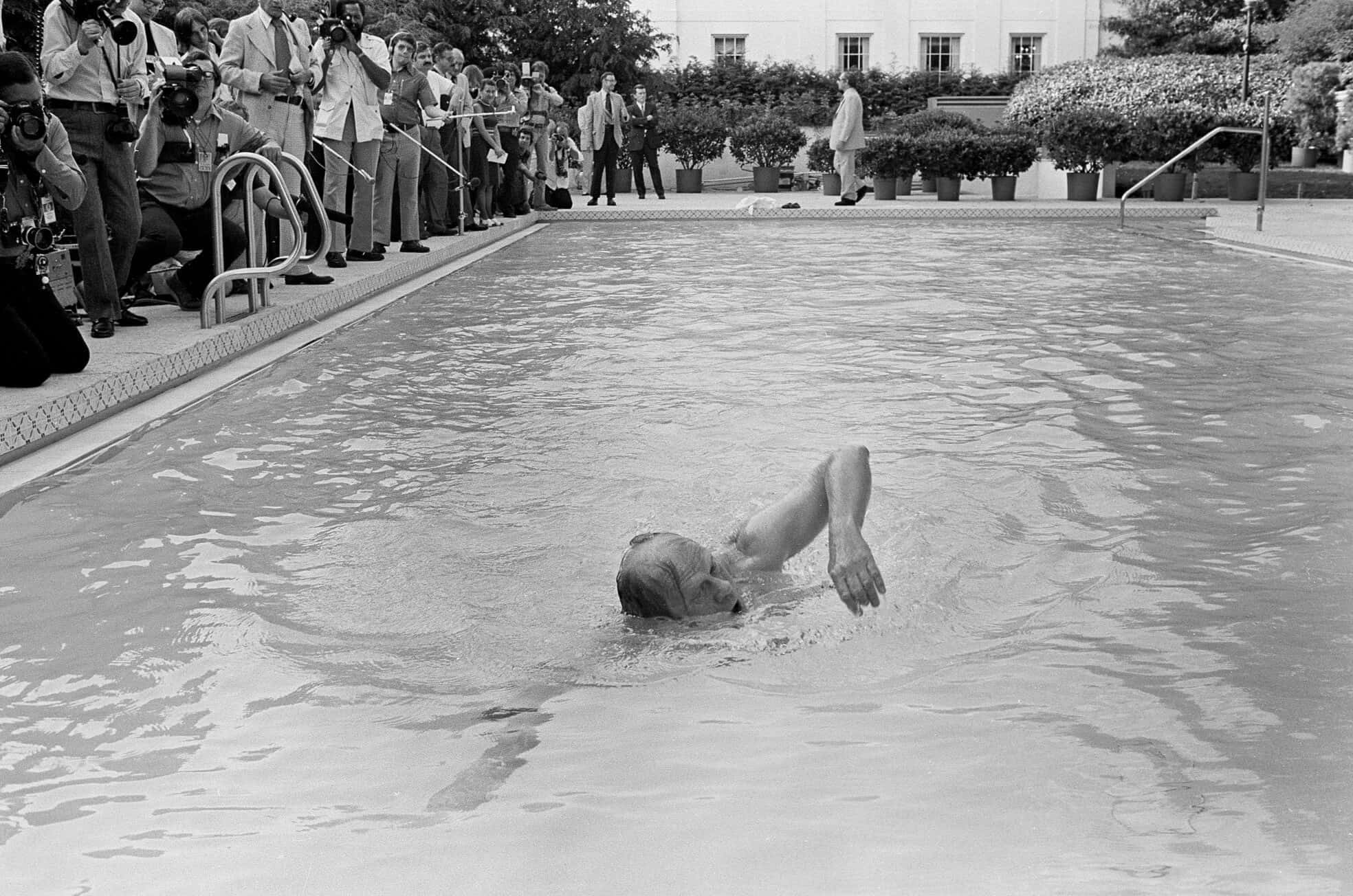

Outdoor Recreation & Activities
When Did The First Swimming Pool Open In The U.S.
Published: February 18, 2024
Discover the history of outdoor recreation and activities in the U.S. and learn about the first swimming pool opening. Explore the evolution of leisure and sports in America.
(Many of the links in this article redirect to a specific reviewed product. Your purchase of these products through affiliate links helps to generate commission for Storables.com, at no extra cost. Learn more)
Introduction
Swimming pools have long been a symbol of leisure, relaxation, and physical activity. They provide a refreshing escape from the summer heat and serve as a gathering place for friends and family. The history of swimming pools is as fascinating as it is extensive, dating back thousands of years to ancient civilizations that recognized the joy and benefits of aquatic recreation.
The evolution of swimming pools mirrors the evolution of human society itself, reflecting changes in culture, technology, and architecture. From the earliest natural water formations used for swimming to the sophisticated, modern pools of today, the journey of swimming pools is a testament to human ingenuity and the pursuit of enjoyment and well-being.
In this article, we will delve into the captivating history of swimming pools, exploring their origins, evolution, and the significant impact they have had on society. We will journey through time to uncover the story of the first swimming pool in the United States, examining its historical context and the enduring legacy it has left on the American recreational landscape.
Join us as we embark on a fascinating exploration of the origins of swimming pools and the pivotal role they have played in shaping our leisure activities and social interactions. Let's dive into the depths of history to discover the remarkable tale of the first swimming pool in the U.S. and its enduring influence on the way we enjoy water-based recreation.
Key Takeaways:
- The first swimming pool in the U.S., Deep Eddy Pool, revolutionized aquatic leisure, setting new standards for cleanliness, safety, and community interaction, shaping the American recreational landscape.
- Deep Eddy Pool’s legacy as the first concrete swimming pool in the U.S. inspired a nationwide trend of structured aquatic recreation, promoting active lifestyles and fostering social connections in refreshing communal spaces.
Read more: When Did Crop Rotation Start In The U.S.?
Early History of Swimming Pools
The history of swimming pools can be traced back to ancient civilizations, where the concept of communal bathing and aquatic recreation took root. One of the earliest known examples of a man-made swimming pool dates back to the 3rd millennium BC in the ancient Pakistani settlement of Mohenjo-Daro. This remarkable structure, known as the "Great Bath," was a large, water-tight tank made of bricks and tar, showcasing the early ingenuity of human engineering and architectural prowess.
Ancient Greeks and Romans also embraced the idea of communal bathing and constructed elaborate public baths that featured swimming areas. These ancient pools, known as "piscinas" in Latin, were often part of larger bath complexes that served as social hubs where people gathered to cleanse themselves, exercise, and socialize. The Romans, in particular, elevated the art of pool construction, creating intricate designs and incorporating heating systems to regulate water temperature.
Throughout history, various cultures around the world developed their own versions of swimming pools, each reflecting the unique customs and values of their societies. From the traditional "step-wells" of India to the ornate "shadirvans" of the Ottoman Empire, the practice of communal bathing and swimming became deeply ingrained in human culture, serving as a means of relaxation, purification, and social interaction.
During the Middle Ages, the popularity of public bathing waned in Europe due to religious and cultural shifts, leading to a decline in the construction of swimming pools. However, the Renaissance period witnessed a revival of interest in aquatic recreation, with the construction of private pools in the gardens of wealthy estates. These opulent pools, often adorned with intricate mosaics and sculptures, became symbols of luxury and refinement, reflecting the growing appreciation for leisure and physical well-being.
The 19th and 20th centuries marked a significant turning point in the history of swimming pools, as advancements in engineering and sanitation led to the widespread construction of public and private pools. The emergence of modern pool technology, including filtration systems and chemical treatments, made it possible to maintain clean and safe swimming environments, further popularizing the practice of recreational swimming.
The early history of swimming pools is a testament to the enduring appeal of water-based recreation and the human desire for communal leisure activities. From the ancient "Great Bath" of Mohenjo-Daro to the opulent pools of the Renaissance, the evolution of swimming pools reflects the ever-changing dynamics of human society and the timeless pursuit of enjoyment and relaxation.
The First Swimming Pool in the U.S.
The first swimming pool in the United States holds a significant place in the annals of American recreational history. Its establishment marked a pivotal moment in the evolution of aquatic leisure and set the stage for the widespread popularity of swimming as a recreational activity.
The historic significance of the first swimming pool in the U.S. is attributed to the "Deep Eddy Pool" in Austin, Texas. Built in the 1910s, Deep Eddy Pool began as a natural swimming hole in the Colorado River. Local entrepreneur A.J. Eilers recognized the potential of this picturesque spot and transformed it into a formal swimming facility by constructing concrete sides and adding amenities such as bathhouses and a diving board.
Deep Eddy Pool quickly gained fame as the first concrete swimming pool in Texas and the United States, marking a departure from traditional natural swimming areas. Its innovative design and modern features, including a filtration system to maintain water cleanliness, set a new standard for public swimming facilities.
The pool's name, "Deep Eddy," pays homage to its unique geological formation, characterized by a deep section in the river that provided an ideal location for swimming. This natural feature, combined with human intervention to enhance its accessibility and safety, exemplifies the harmonious blend of nature and human innovation that defines the history of swimming pools.
Deep Eddy Pool's success and popularity paved the way for the proliferation of public swimming pools across the country, inspiring communities to embrace the idea of structured aquatic recreation. Its impact extended beyond Texas, influencing the design and construction of subsequent swimming facilities nationwide.
The establishment of Deep Eddy Pool not only provided a safe and controlled environment for swimming but also fostered a sense of community and camaraderie. Families, friends, and individuals flocked to the pool, seeking respite from the sweltering Texas heat and enjoying the social interactions that naturally unfolded in this communal setting.
The legacy of the first swimming pool in the U.S. endures as a testament to human creativity and the enduring appeal of aquatic recreation. Deep Eddy Pool's pioneering spirit laid the foundation for the development of modern swimming facilities, leaving an indelible mark on the American leisure landscape.
The story of the first swimming pool in the U.S. serves as a reminder of the transformative power of innovation and the enduring allure of water-based activities. It stands as a testament to the timeless human desire for relaxation, enjoyment, and communal experiences, echoing the sentiments of countless individuals who have sought solace and pleasure in the refreshing waters of swimming pools across the nation.
The first swimming pool in the U.S. opened in 1868 in Boston, Massachusetts. It was called the “Cabot Street Bath” and was a public, indoor swimming facility.
Impact of the First Swimming Pool
The establishment of the first swimming pool in the United States, exemplified by the iconic Deep Eddy Pool in Austin, Texas, reverberated far beyond its immediate recreational significance. Its impact rippled through the fabric of American society, leaving a lasting imprint on leisure culture, community dynamics, and the evolution of aquatic recreation.
The introduction of Deep Eddy Pool heralded a new era of structured aquatic leisure, providing a safe and controlled environment for individuals and families to engage in swimming activities. This shift from natural swimming holes to purpose-built, well-maintained pools represented a paradigmatic transformation in the way Americans approached water-based recreation. The pool's modern amenities, including bathhouses and a filtration system, set a new standard for public swimming facilities, emphasizing the importance of cleanliness, safety, and accessibility.
Beyond its functional attributes, Deep Eddy Pool became a focal point for community gatherings and social interactions. Families and friends converged at the pool, seeking relief from the scorching Texas heat and relishing the opportunity to connect with others in a shared recreational space. The pool's role as a communal hub fostered a sense of belonging and camaraderie, transcending its function as a mere swimming facility. It became a place where relationships were nurtured, memories were made, and a collective spirit of enjoyment thrived.
The cultural impact of the first swimming pool extended to the realm of public health and physical well-being. As swimming gained popularity as a recreational activity, the pool served as a catalyst for promoting active lifestyles and physical fitness. It offered a refreshing alternative to sedentary pastimes, encouraging individuals to embrace the invigorating benefits of aquatic exercise and play. The pool's influence on promoting healthy leisure pursuits contributed to a broader societal shift towards prioritizing wellness and recreational activities as essential components of a balanced lifestyle.
Furthermore, the success and acclaim of Deep Eddy Pool inspired the development of similar swimming facilities across the country, shaping the architectural and recreational landscape of American communities. Its innovative design and functional amenities set a precedent for future pool constructions, influencing the standards of excellence and user experience in aquatic recreation.
The enduring impact of the first swimming pool in the U.S. transcends its historical significance, resonating with the fundamental human desire for leisure, social connection, and physical well-being. Deep Eddy Pool's legacy endures as a testament to the transformative power of recreational innovation and the enduring appeal of communal leisure spaces. It stands as a symbol of the timeless pursuit of enjoyment, relaxation, and the joy of shared experiences in the refreshing waters of swimming pools across the nation.
Conclusion
The journey through the captivating history of swimming pools in the United States has unveiled a rich tapestry of innovation, community, and leisure. From ancient civilizations' communal bathing practices to the modern era's sophisticated aquatic facilities, the evolution of swimming pools reflects the enduring human pursuit of enjoyment, relaxation, and social connection.
The story of the first swimming pool in the U.S., embodied by the iconic Deep Eddy Pool in Austin, Texas, stands as a testament to the transformative power of recreational innovation. Its establishment marked a pivotal moment in the evolution of aquatic leisure, setting the stage for the widespread popularity of swimming as a recreational activity. The pool's pioneering spirit and modern amenities, including bathhouses and a filtration system, set a new standard for public swimming facilities, emphasizing the importance of cleanliness, safety, and accessibility.
Beyond its functional attributes, Deep Eddy Pool became a cherished communal space where families, friends, and individuals sought respite from the sweltering Texas heat and relished the opportunity to connect with others. Its role as a social hub fostered a sense of belonging and camaraderie, transcending its function as a mere swimming facility. The pool's impact extended to promoting active lifestyles and physical fitness, encouraging individuals to embrace the invigorating benefits of aquatic exercise and play.
The legacy of the first swimming pool in the U.S. endures as a testament to human creativity and the enduring appeal of water-based activities. Deep Eddy Pool's pioneering spirit laid the foundation for the development of modern swimming facilities, leaving an indelible mark on the American leisure landscape. Its influence on promoting healthy leisure pursuits contributed to a broader societal shift towards prioritizing wellness and recreational activities as essential components of a balanced lifestyle.
As we reflect on the remarkable tale of the first swimming pool in the U.S., we are reminded of the transformative power of innovation and the enduring allure of communal leisure spaces. Deep Eddy Pool stands as a symbol of the timeless pursuit of enjoyment, relaxation, and the joy of shared experiences in the refreshing waters of swimming pools across the nation. Its legacy serves as an inspiration for future generations, encapsulating the profound impact of recreational spaces in shaping the fabric of society and enriching the human experience.
Frequently Asked Questions about When Did The First Swimming Pool Open In The U.S.
Was this page helpful?
At Storables.com, we guarantee accurate and reliable information. Our content, validated by Expert Board Contributors, is crafted following stringent Editorial Policies. We're committed to providing you with well-researched, expert-backed insights for all your informational needs.
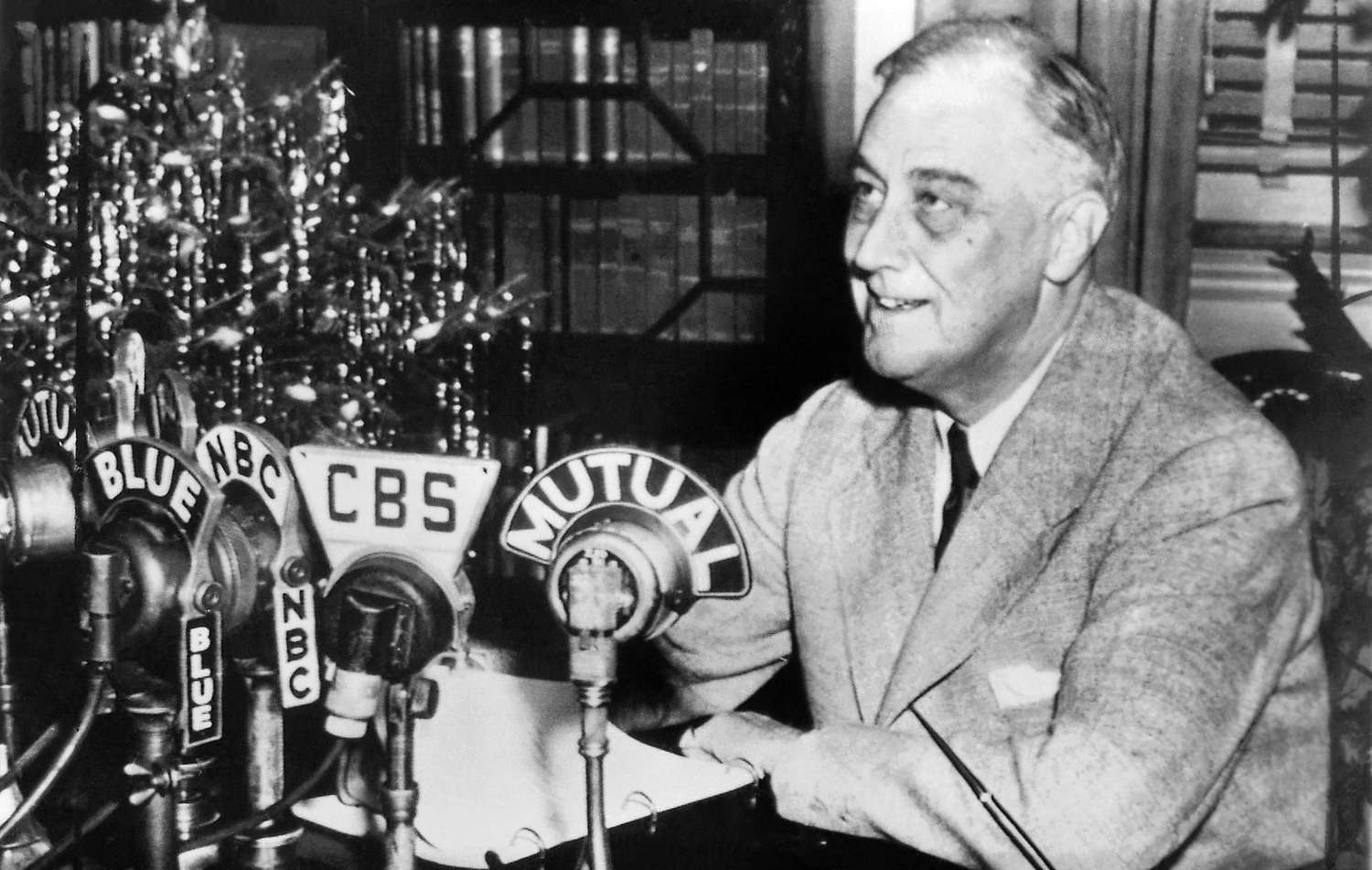
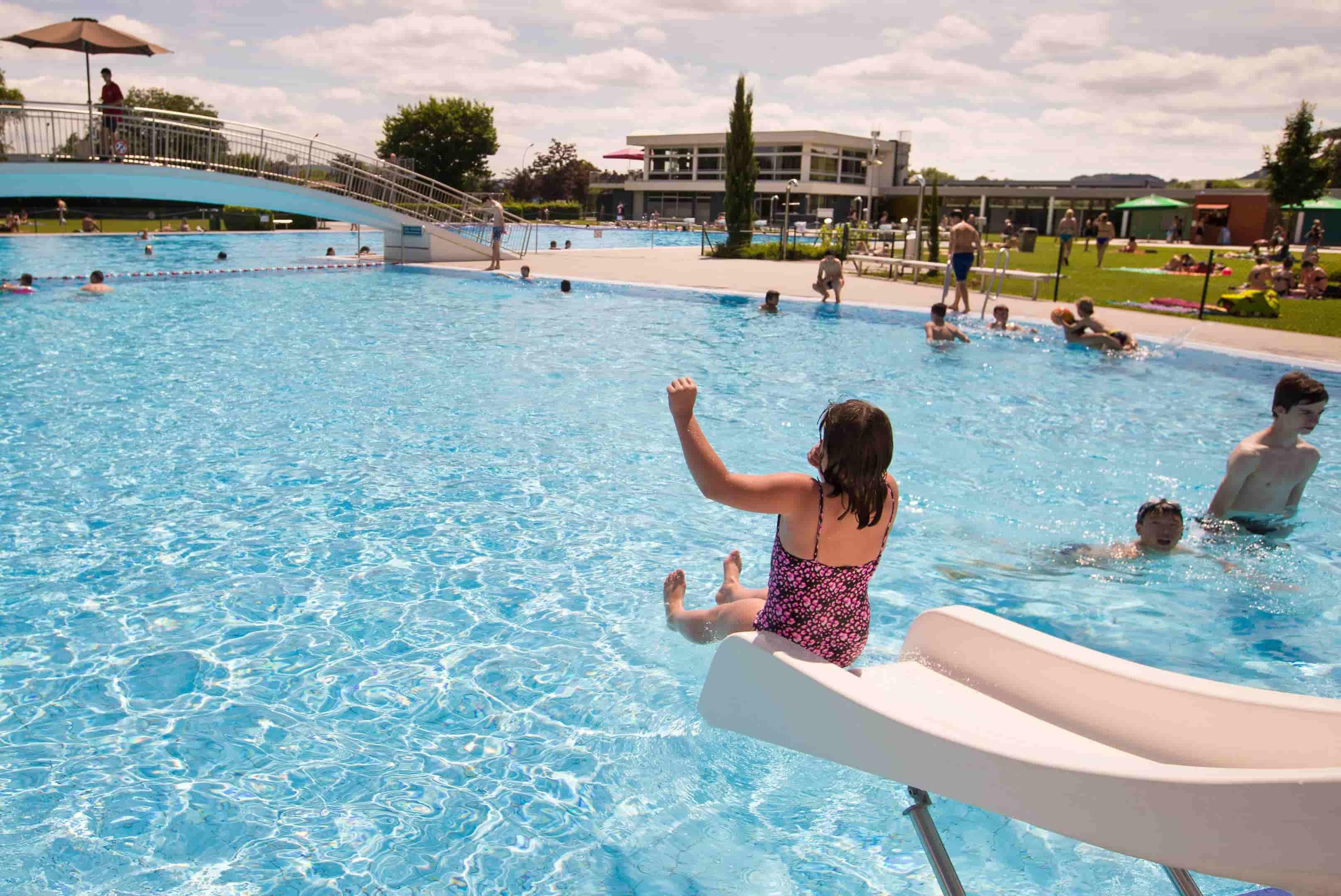


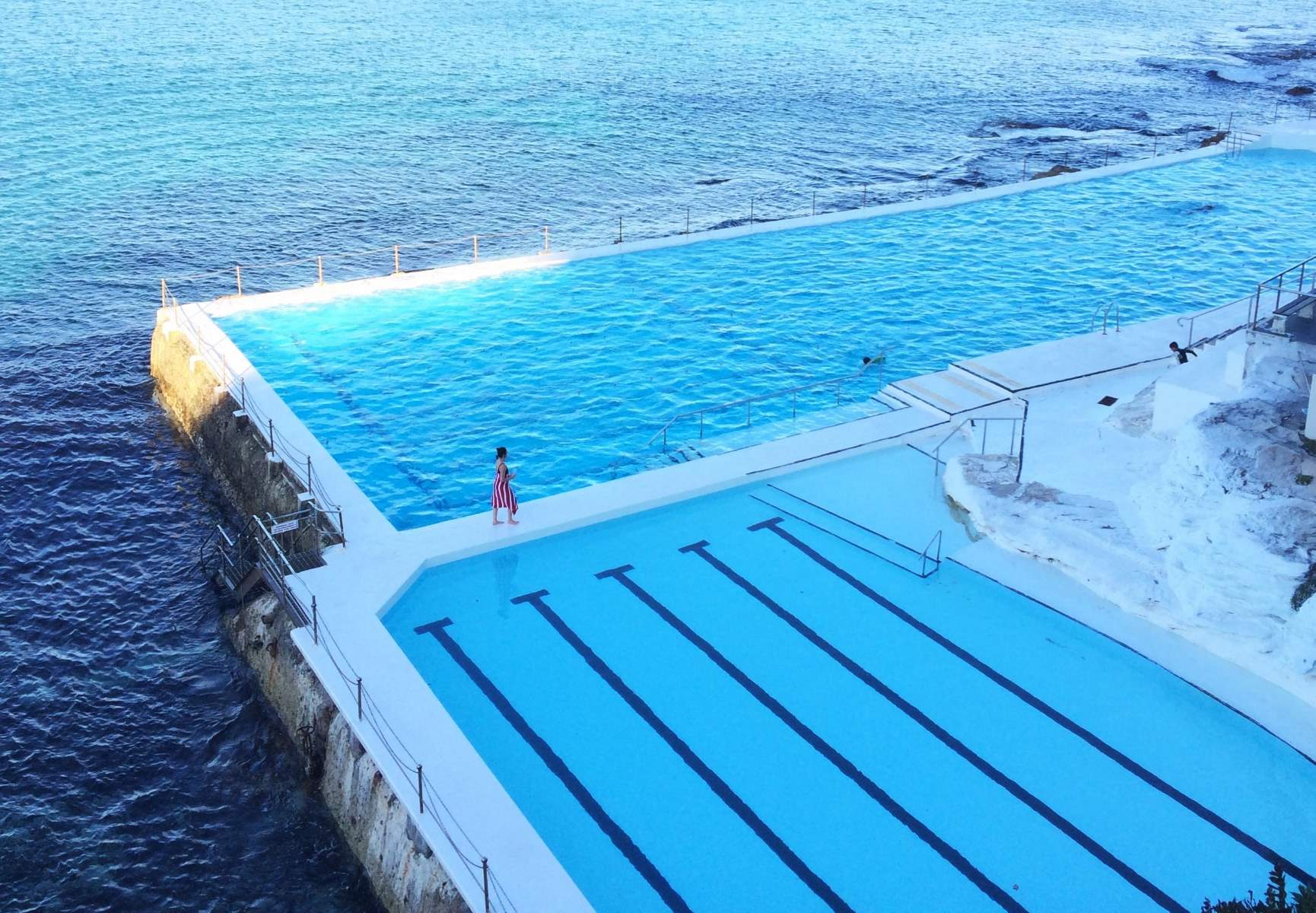
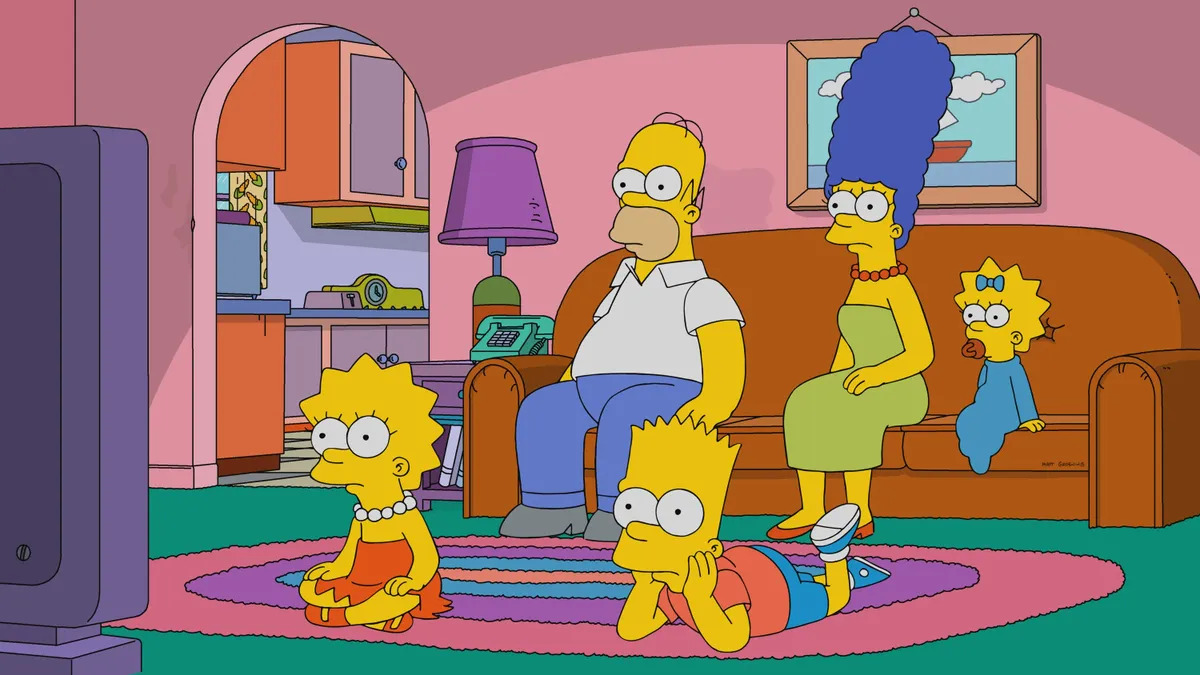
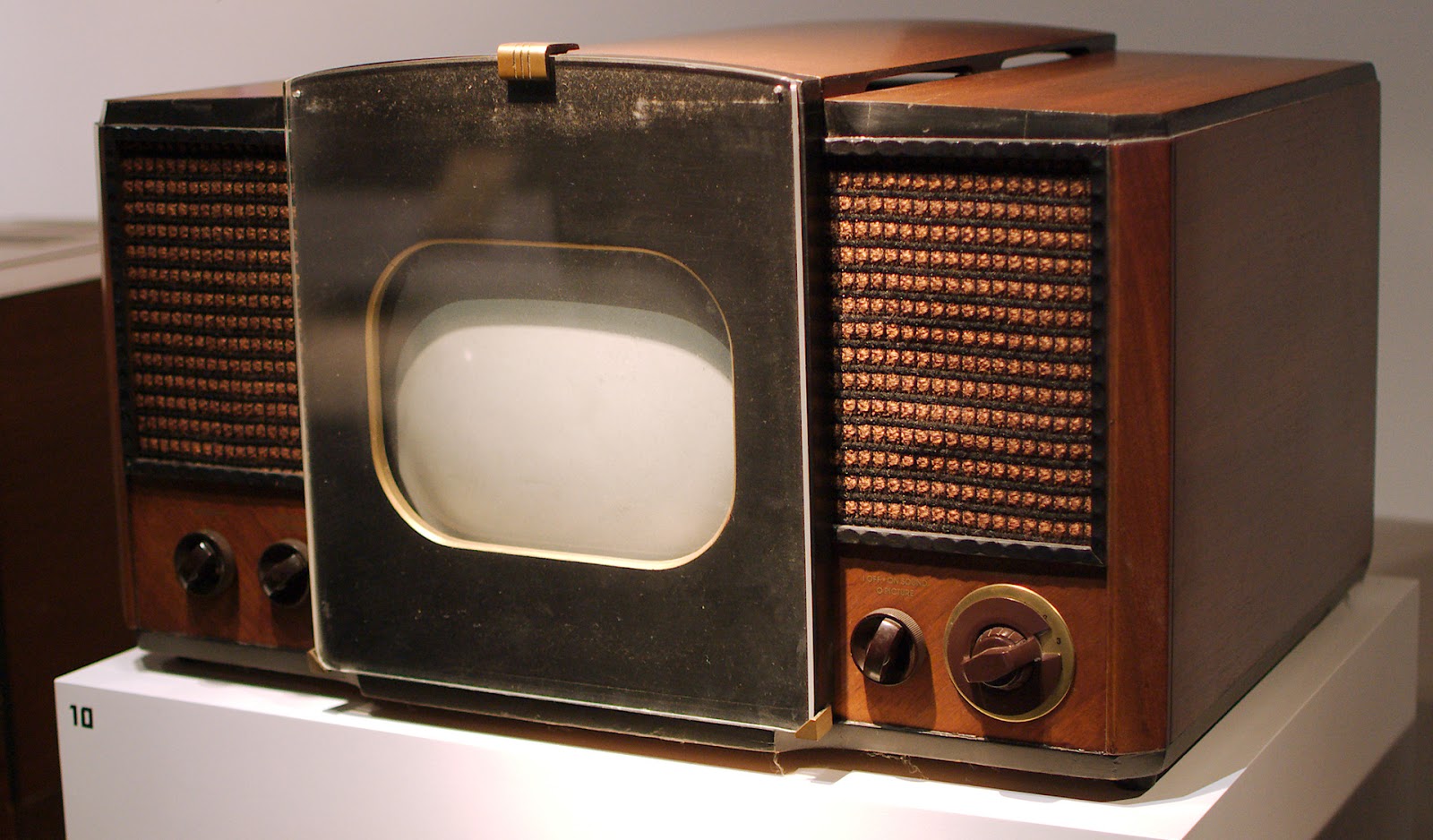
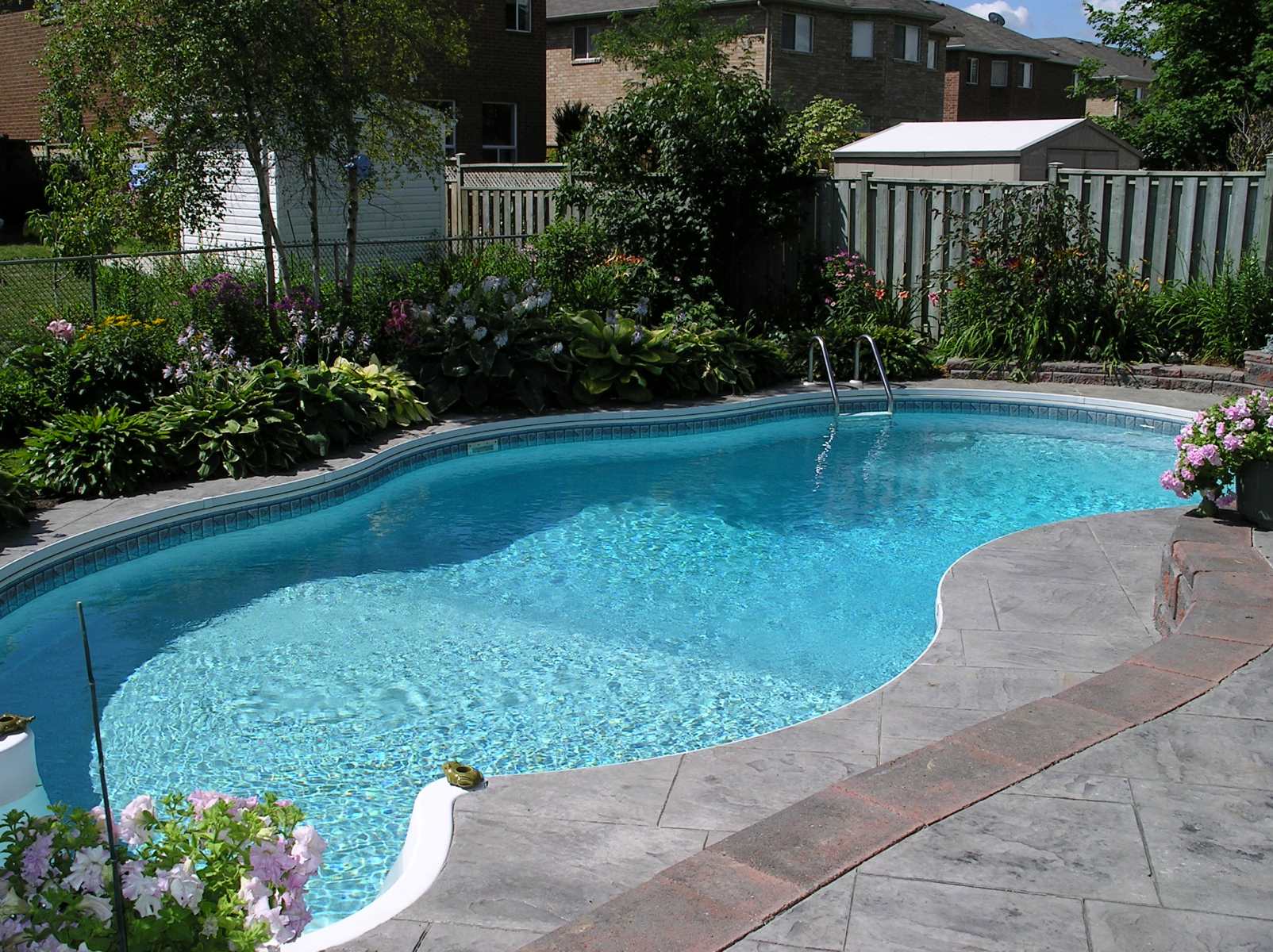

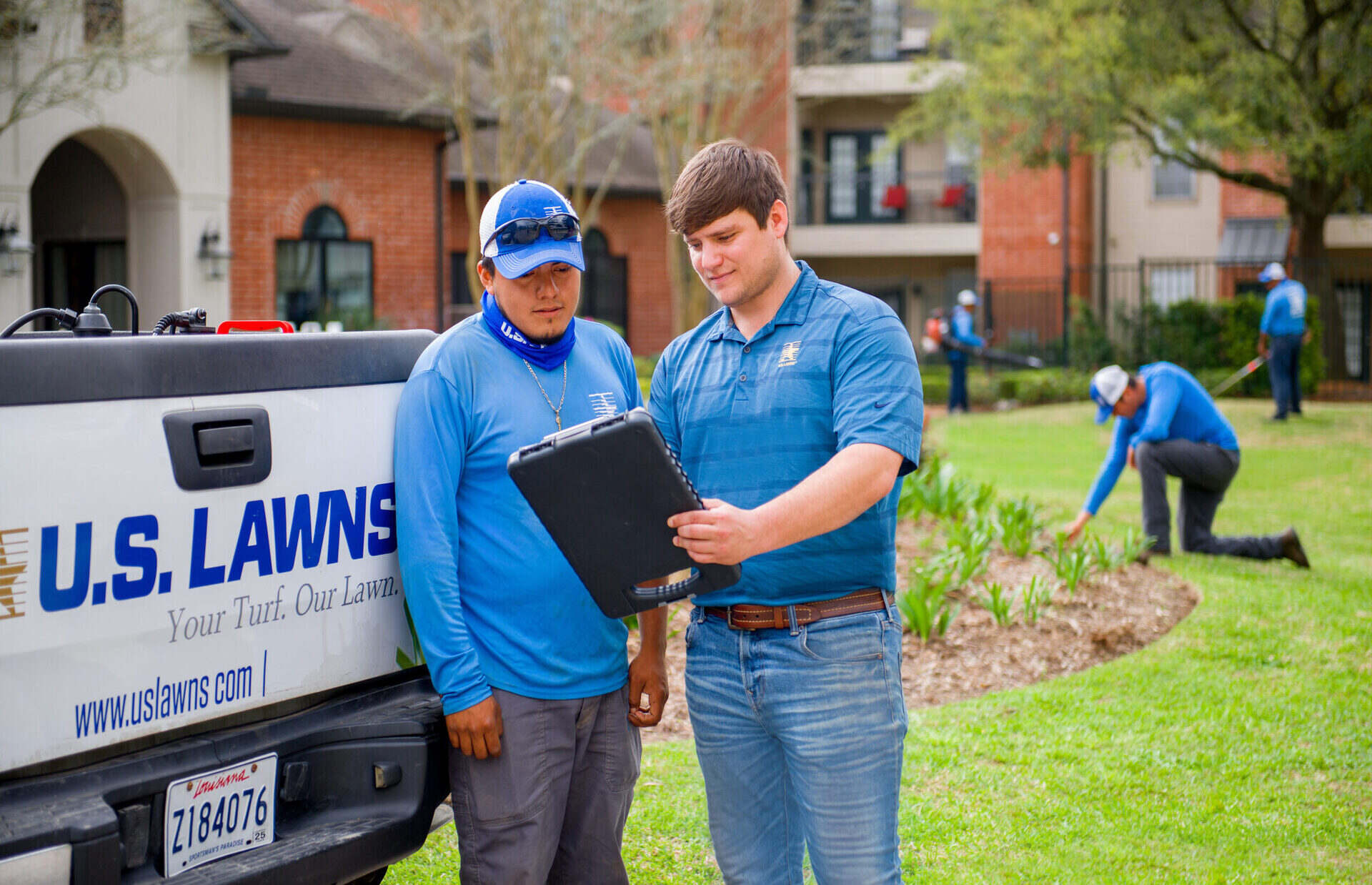
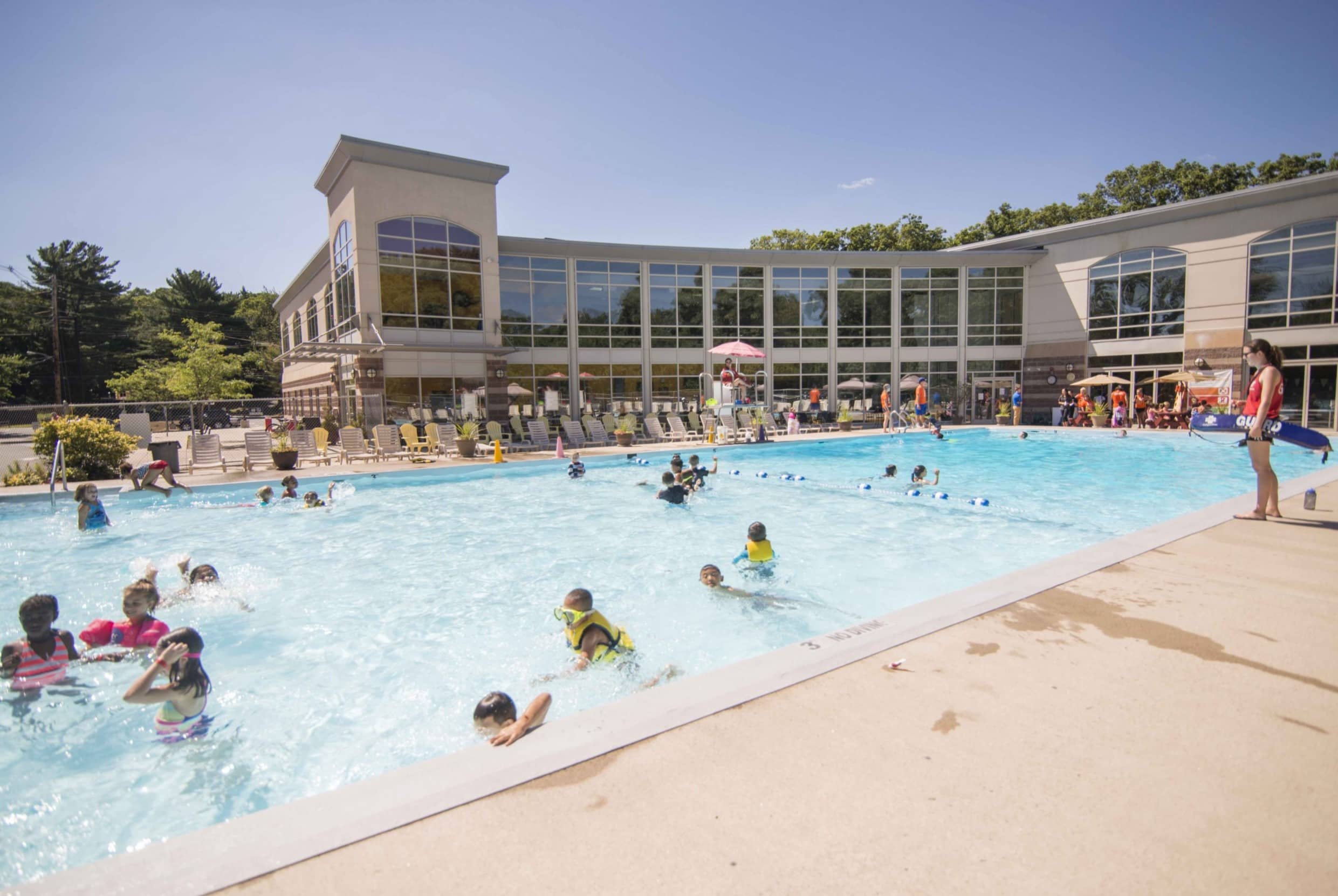


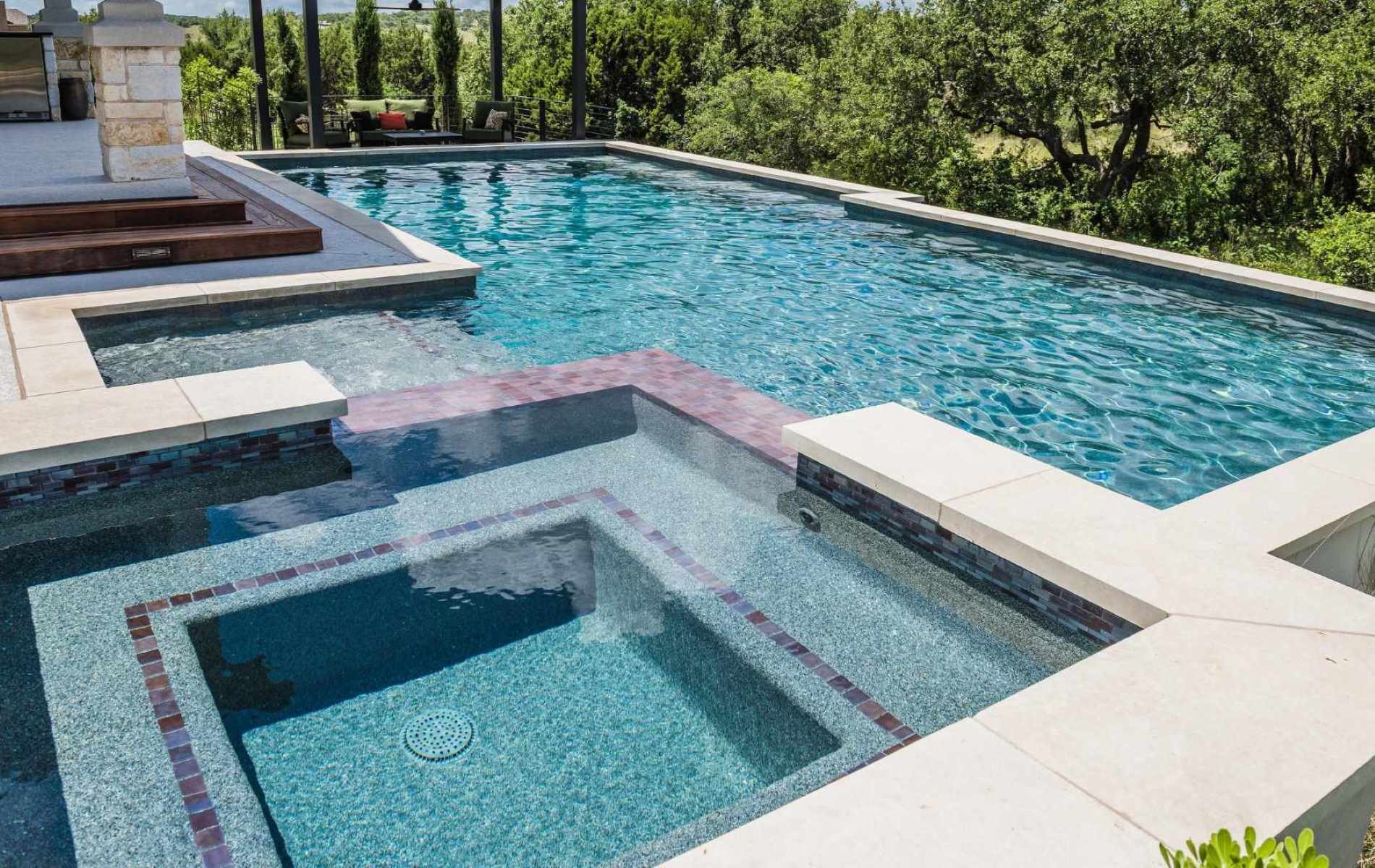


0 thoughts on “When Did The First Swimming Pool Open In The U.S.”